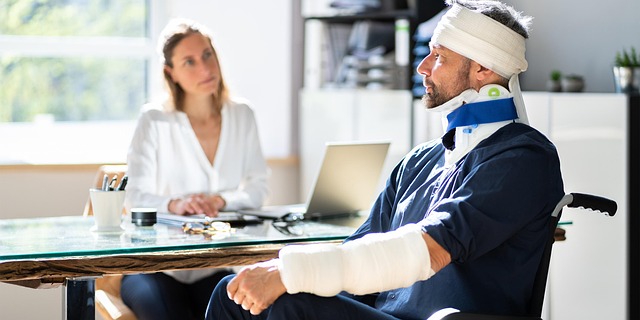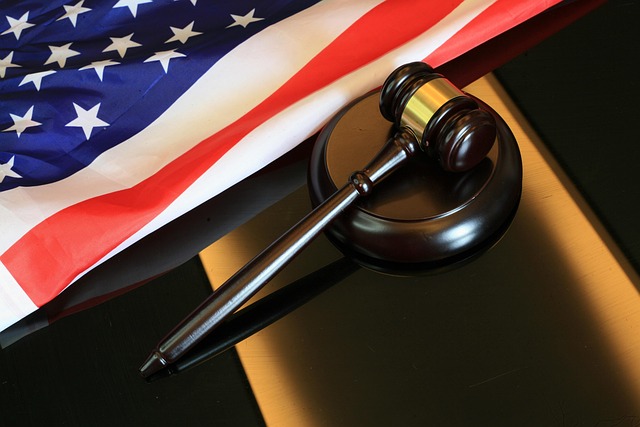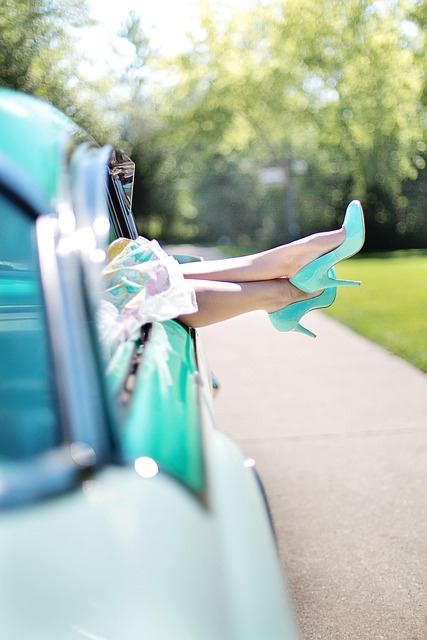Restaurants face unique challenges in preventing slip and fall accidents due to high foot traffic, wet floors, obstacles, and uneven or poorly lit areas like kitchens, dining rooms, restrooms, and entry/exit points. Property owners and managers have a legal duty to maintain safe premises, and victims can seek compensation with the help of an auto accident attorney specializing in restaurant slip and fall cases. Key strategies to prevent such accidents include maintaining clear pathways, promptly cleaning spills, using effective signage and floor marking, ensuring proper lighting, and implementing regular employee training—measures that not only ensure customer safety but also protect against potential personal injury claims and associated legal costs.
In the bustling world of restaurants, preventing slip and fall accidents is more than just a safety concern; it’s a critical aspect of responsible hospitality. Understanding the diverse duties within a restaurant is key to mitigating risks. From identifying high-risk areas like wet surfaces and inadequate lighting to assigning specific roles for staff—including cleaning, training, and customer service—this article explores comprehensive strategies. By implementing effective safety measures, such as regular floor maintenance, signage, good lighting, and prompt inspections, restaurants can significantly reduce the likelihood of costly slips and falls, ensuring a safer environment for both patrons and employees.
- Identifying Common Restaurant Areas at Risk for Slip and Fall Incidents
- – High-traffic zones
- – Wet or slick surfaces (kitchens, dining areas)
Identifying Common Restaurant Areas at Risk for Slip and Fall Incidents

Restaurants are bustling environments with a constant flow of patrons, staff, and deliveries. This dynamic nature creates several areas where slip and fall incidents can occur. High-risk zones include kitchens, dining areas, restrooms, and entry/exit points. Kitchens, with their wet surfaces from food preparation and cleaning, require careful attention to ensure proper flooring, non-slip matting, and quick clean-up protocols. Dining areas should have clear floor space free from obstacles and well-maintained flooring to prevent accidental slips. Restrooms pose risks due to damp conditions from sinks and showers; ensuring adequate lighting and slip-resistant floors is vital. Entry and exit points are often overlooked but can be hazardous with heavy traffic, uneven flooring, or poor lighting.
Identifying these high-risk areas is the first step in preventing restaurant slip and fall accidents. Property owners and managers have a legal obligation to maintain safe premises for patrons and employees alike. In cases of negligence, an accident attorney specializing in auto accident injuries can assist those affected in seeking compensation for their losses. Prompt action after such incidents is crucial; documenting the scene, gathering evidence, and consulting with legal professionals who handle auto accident cases can ensure fair resolution.
– High-traffic zones

In high-traffic zones, restaurants have a heightened responsibility to ensure customer safety. These areas, such as entryways, hallways, and dining rooms, often experience heavy foot traffic throughout the day. As a result, maintaining clear pathways free from obstacles is paramount in preventing restaurant slip and fall accidents. Regular cleaning and prompt removal of any spills or debris are essential duties for staff members.
Effective signage and floor marking can also aid in guiding patrons and identifying hazardous areas. Proper lighting ensures that slippery surfaces or uneven floors are visible to customers, minimizing the risk of falls. Additionally, restaurants should implement regular training programs to educate employees on slip and fall prevention strategies, fostering a culture of safety awareness throughout the establishment, which is crucial in mitigating potential commercial disputes arising from such incidents.
– Wet or slick surfaces (kitchens, dining areas)

In restaurants, maintaining a dry and non-slippery environment is paramount to prevent restaurant slip and fall incidents. Kitchens and dining areas, often bustling with activity, require constant vigilance against wet or slick surfaces. Spills from food preparation, cleaning solutions, or even melted snow and ice from outdoor entryways can quickly transform floors into hazardous conditions. Regular cleaning and prompt cleanup of any moisture are essential to mitigate these risks, ensuring the safety of patrons and staff alike.
Moreover, proper signage and floor marking can aid in identifying potentially dangerous areas. Customers should be made aware of slick surfaces or wet conditions through clear, visible signs. Additionally, training staff on spill response protocols and encouraging them to report any unsafe conditions can further reduce the likelihood of restaurant slip and fall accidents. Remember, preventing these incidents is not just about maintaining a clean space but also fostering a culture of safety within the establishment, thereby safeguarding against potential personal injury claims and associated costs, including those that might be handled by a car accident attorney or nursing home abuse lawyer in extreme cases.
Understanding the typical duties and potential risks in a restaurant setting is paramount in preventing slip and fall incidents. By identifying high-traffic zones and addressing wet or slick surfaces promptly, restaurants can significantly reduce accidents. Regular cleaning, maintaining proper lighting, and ensuring employee training on safety protocols are key strategies to foster a secure environment for both staff and patrons, thereby minimising the likelihood of restaurant slip and fall occurrences.






